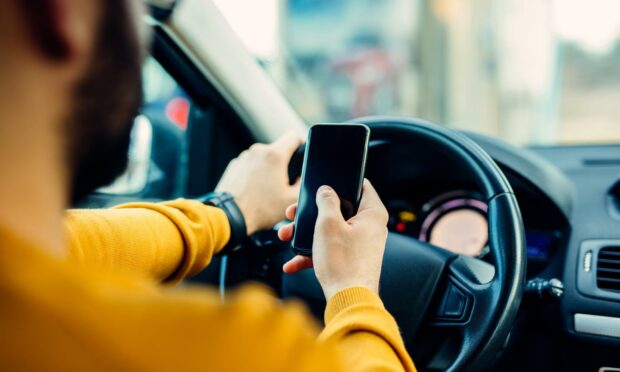Drivers are being reminded that stricter rules around the use of mobile phones at the wheel will be introduced from 25 March.
The new changes to the law will see motorists fined £200 and receive six points on their licence if they touch any interactive devices while driving. The new rules will also apply when stopped at a red light or stuck in traffic.
Touching the screen to browse the internet, scroll a playlist, take a photograph, or play a mobile game will be covered by the ban. Exceptions include making a call to emergency services or making contactless payments at drive-thrus or tolls.
Hands-free calls will still be permitted and drivers will be allowed to use their phones as satnavs as long as they are secured in a holder.
However, motorists performing one of these actions could still be prosecuted if the police find them not in proper control of their vehicle.
From 25 March to face £200 fines and six penalty points for using their phone for any of the following:
- unlocking the device
- checking notifications
- checking the time
- making, receiving, or rejecting a telephone or internet based call
- accessing the internet
- illuminating the screen
- drafting any text
- sending, receiving or uploading a photo or video
- sending, receiving or uploading oral or written content
- accessing an application
- utilising camera, video, or sound recording functionality
- accessing any stored data such as documents, books, audio files, photos, videos, films, playlists, notes or messages
AA president Edmund King said: “This is a much needed upgrade of the law to help make our roads safer.
“Mobile phones offer many distractions and this sends a clear message that picking them up to use them will not be tolerated. The law will also become tougher as the use of smartwatches, tablets and laptops behind the wheel will apply.
“Drivers will be extremely limited on when they can pick up their phone, mainly to call the emergency services when there was no opportunity to safely pull over and to make contactless payments at drive-thrus.
“Being sat in a traffic jam or waiting at the lights is not an excuse, we want people to keep their hands on the wheel and their eyes on the road.”
